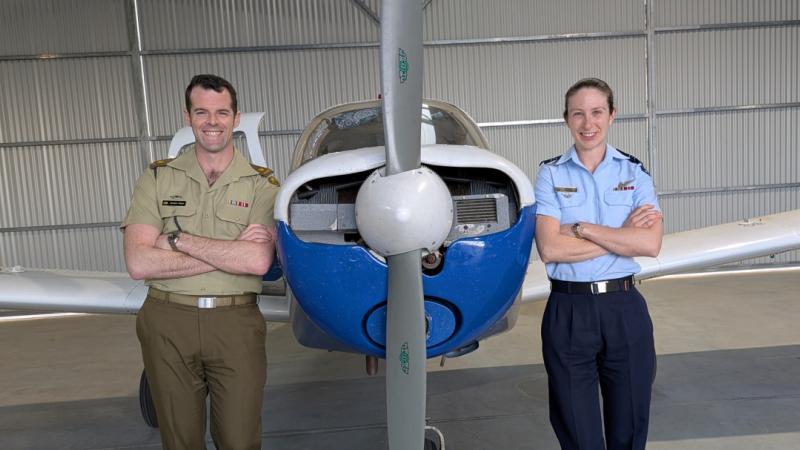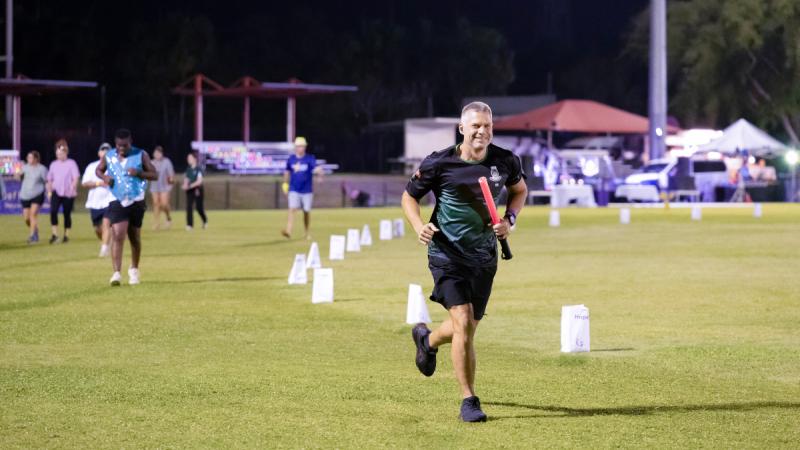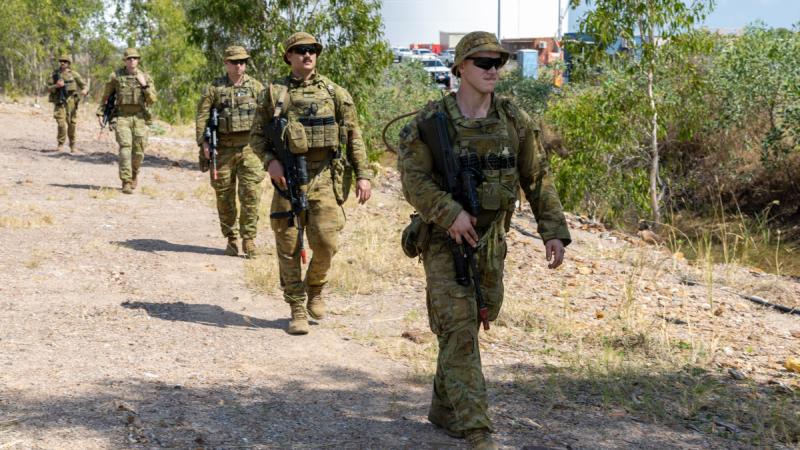22 October 2020
The clearing of a historic radar site at Mount Tomaree on the southern headland of Port Stephens in NSW signalled more than a restoration of a heritage area.
Members of No. 41 Wing at RAAF Base Williamtown have developed a range of initiatives to create greater awareness of Aboriginal culture.
RAAF Base Williamtown and Mount Tomaree are located on traditional land of the Worimi people. The Worimi Nation’s country extends from the Hunter River in the south to Forster in the north and west to Barrington Tops.
Flight Lieutenant Scott Johnson and fellow No. 41 Wing headquarters personnel teamed up with the Friends of Tomaree volunteer group for the radar site clean-up on September 30.
The site in 1942 was the location of the first Australian-made air warning radar.
But it also is of cultural significance to the Worimi People as it is part of a Dreaming track which traces the travel of spirit ancestors as they moved through the landscape and brought the country to life.
“[The clean-up] made me realise that although the No. 20 radar site is of historic importance to the Air Force, there is a much deeper Aboriginal heritage that we must all endeavour to better understand, honour and protect,” Flight Lieutenant Johnson said.
“It was great to be part of the Friends of Tomaree inaugural event and have the opportunity to learn more about Port Stephens.
“Caring for the land in conjunction with the NSW National Parks and Wildlife Service is one of the great ways we can give back.”
NSW National Parks and Wildlife Service’s Jamie Tarrant performed an Acknowledgement of Country and shared his cultural knowledge of Worimi Country at the start of the community working bee.
Meanwhile, the modern air battle management system has been renamed Wakulda, which is a word from the Gathang language, the traditional language of the Worimi people, meaning together.
Air Force Indigenous Liaison Officer Flight Lieutenant Matthew Roberts liaised with the local Indigenous community about using the name, and the Elders approved its use.
Wakulda is fitting as it describes the integration of air defence command and control systems that contribute to a fifth-generation Air Force.
The name also represents the enduring bond and close relationship the Wing has with the Worimi people.
Headquarters No. 41 Wing Commanding Officer Wing Commander Andrew Tatnell said he was proud of the leadership in the Air Force.
“I’m particularly proud of Officer Commanding No. 41 Wing Group Captain Nathan Christie who had the vision to instil Indigenous heritage within our Wing and the wider Air Force culture,” Wing Commander Tatnell said.


